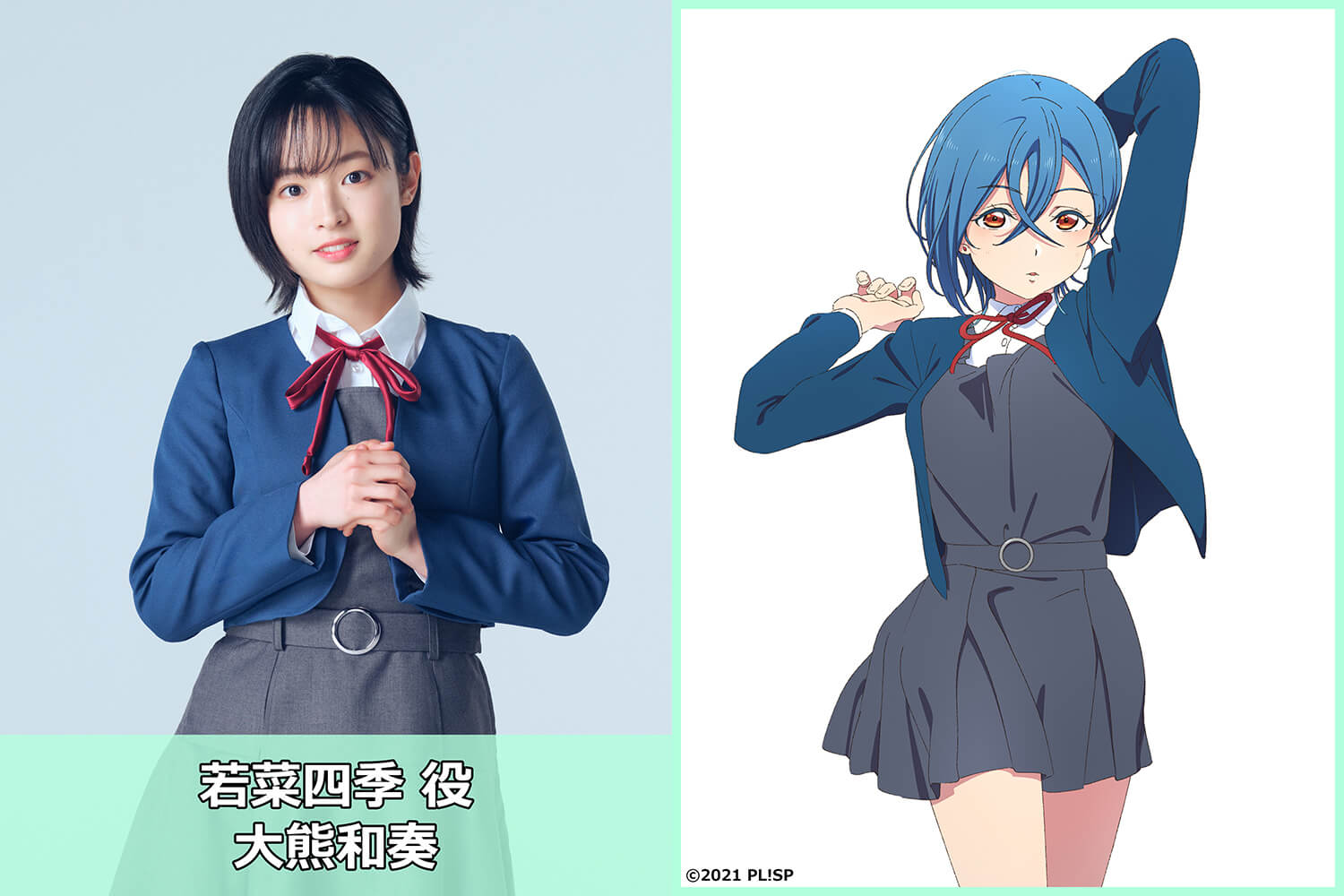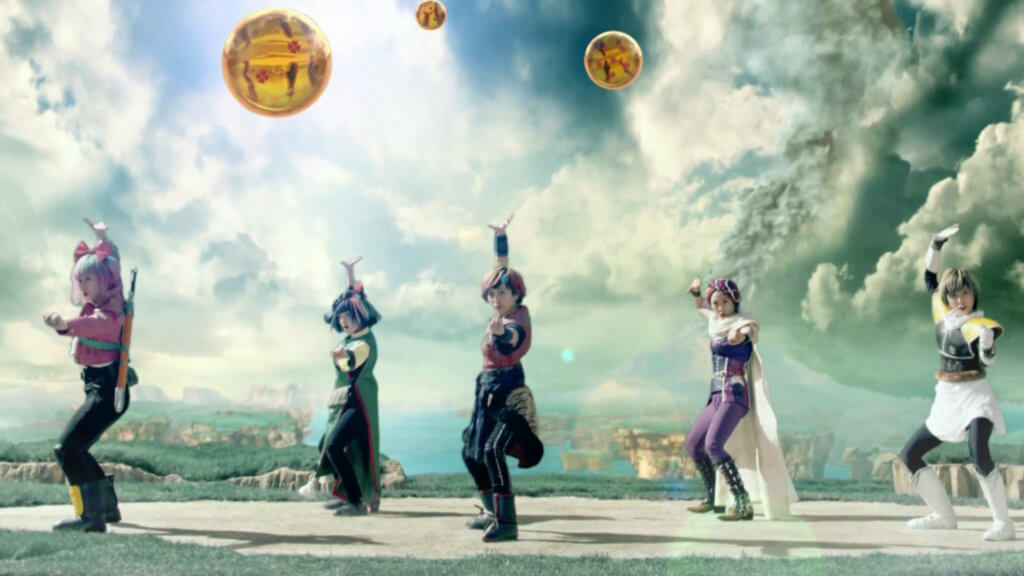Groups
Sakamichi Series: Nogizaka46 Sakurazaka46 Hinatazaka46
WACK Groups: BiSH
Japanese Idols News and Knowledge Base
Japanese Idols News and Knowledge Base

Japanese idol groups and anime have a longstanding connection that dates back decades. Idol groups, which are typically made up of young, attractive singers and dancers, have been a staple of Japanese popular culture since the 1970s. Meanwhile, anime, or Japanese animated TV shows and movies, have been around since the early 20th century but have become more popular globally in recent years. Despite the two being different forms of entertainment, they have become intertwined in many ways.
One of the earliest examples of the connection between idol groups and anime can be seen in the 1982 anime series “Macross.” The show features a fictional idol group with Lynn Minmay who perform throughout the series. The show’s popularity led to a real-life idol group called “Fire Bomber” being formed, whose members provided the voices for the main characters and performed the show’s music. This concept of creating a real-life idol group to coincide with an anime series has become a common practice in Japan.

Another example of the connection between idol groups and anime is the franchise “Love Live!” The series follows a group of high school girls who form an idol group in order to save their school from closing down. The series has been incredibly popular, leading to the formation of several real-life idol groups such as μ’s and Aqours, whose members voice the characters and perform the songs from the show.
The connection between idol groups and anime goes beyond just creating real-life groups to coincide with a show. Many anime series feature idol groups within the show itself, such as “The iDOLM@STER” and “Wake Up, Girls!” These shows not only showcase the music and dancing of the idol groups but also explore the behind-the-scenes aspects of the industry, including the training, auditioning, and management of the groups.
The popularity of both idol groups and anime has led to a crossover between the two in other ways as well. For example, idol groups have been used to perform theme songs for anime series, such as Momoiro Clover Z’s “Z no Chikai” which was used as the opening theme for the anime “Dragon Ball Z: Resurrection ‘F'”. Similarly, some anime series have been adapted into live-action stage productions featuring idol group members, such as “The iDOLM@STER” and “Love Live!”

The connection between Japanese idol groups and anime is a unique one that has evolved over time. It has created a symbiotic relationship between the two forms of entertainment that has led to the creation of new groups, shows, and music. As both idol groups and anime continue to evolve and grow, it will be interesting to see how this relationship continues to develop in the future.